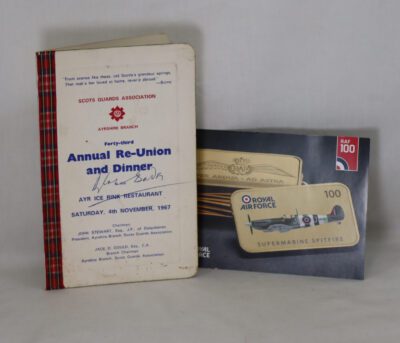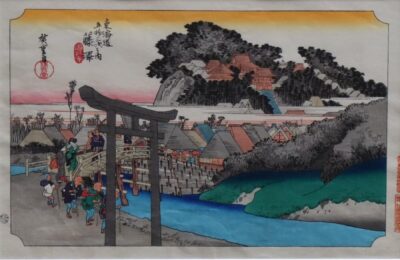Bronze Horse in Harness.
By Theodore Gechter
Printed: Circa 1890
Publisher: xx
| Dimensions | 15 × 5 × 12 cm |
|---|---|
| Material |
Language: Not stated
Size (cminches): 15 x 5 x 12
Condition: Fine (See explanation of ratings)
Item information
Description
Bronze horse in harness. Hind foot caught in traces. signed T Gechter.
Foundry mark Ch. Leblanc under the base.
Jean-Francois Theodore Gechter Antique French Bronze Sculpture of Horse
Jean-François-Théodore Gechter (1795, Paris – 1844, Paris) was a French sculptor. A student of François Joseph Bosio and baron Gros, he is now most noted for his bronzes. He first exhibited in 1824, in a show of classical and mythological subjects. From 1830 he shifted to smaller sculptures and animal subjects, like Antoine-Louis Barye, another student of Bosio and Gros. He also had a talent for historical scenes with figures in elaborate costumes.
Gechter’s penchant and gift in depicting historical scenes reached new heights when in 1833 he exhibited his Combat of Charles Martel and Abderame, King of the Saracens. The bronze work was commissioned by the ministry of commerce and industry. Gechter’s motif of dressing his subjects in elaborate dresses and depicting scenes of battles or hunts from the Renaissance could be considered as belonging to the genre known as troubadour. But the uniqueness of Gechter was that he managed to infuse emotions into the genre. Examples of this are Death of Tancred (1827) and Wounded Amazon (1840). This exceptional ability resulted in numerous public commissions. He created a marble relief of the Battle of Austerlitz (1833–6) for the Arc de Triomphe and a marble statue of Louis Philippe, which was commissioned in 1839.
Bronze is the most popular metal for cast metal sculptures; a cast bronze sculpture is often called simply “a bronze”. It can be used for statues, singly or in groups, reliefs, and small statuettes and figurines, as well as bronze elements to be fitted to other objects such as furniture. It is often gilded to give gilt-bronze or ormolu.
Common bronze alloys have the unusual and desirable property of expanding slightly just before they set, thus filling the finest details of a mould. Then, as the bronze cools, it shrinks a little, making it easier to separate from the mould. Their strength and ductility (lack of brittleness) is an advantage when figures in action poses are to be created, especially when compared to various ceramic or stone materials (such as marble sculpture). These qualities allow the creation of extended figures, as in Jeté, or figures that have small cross sections in their support, such as the equestrian statue of Richard the Lionheart.
But the value of the bronze for uses other than making statues is disadvantageous to the preservation of sculptures; few large ancient bronzes have survived, as many were melted down to make weapons or ammunition in times of war or to create new sculptures commemorating the victors, while far more stone and ceramic works have come through the centuries, even if only in fragments. As recently as 2007 several life sized bronze sculptures by John Waddell were stolen, probably due to the value of the metal after the work had been melted.
Bronze Material – There are many different bronze alloys. Typically modern bronze is 88% copper and 12% tin. Alpha bronze consists of the alpha solid solution of tin in copper. Alpha bronze alloys of 4–5% tin are used to make coins and a number of mechanical applications. Historical bronzes are highly variable in composition, as most metalworkers probably used whatever scrap was on hand; the metal of the 12th-century English Gloucester Candlestick is bronze containing a mixture of copper, zinc, tin, lead, nickel, iron, antimony, arsenic with an unusually large amount of silver – between 22.5% in the base and 5.76% in the pan below the candle. The proportions of this mixture may suggest that the candlestick was made from a hoard of old coins. The Benin Bronzes are really brass, and the Romanesque Baptismal font at St Bartholomew’s Church, Liège is described as both bronze and brass.
In the Bronze Age, two forms of bronze were commonly used: “classic bronze”, about 10% tin, was used in casting; and “mild bronze”, about 6% tin, was hammered from ingots to make sheets. Bladed weapons were mostly cast from classic bronze, while helmets and armour were hammered from mild bronze. According to one definition, modern “statuary bronze” is 90% copper and 10% tin.
Want to know more about this item?

Related products
Share this Page with a friend












